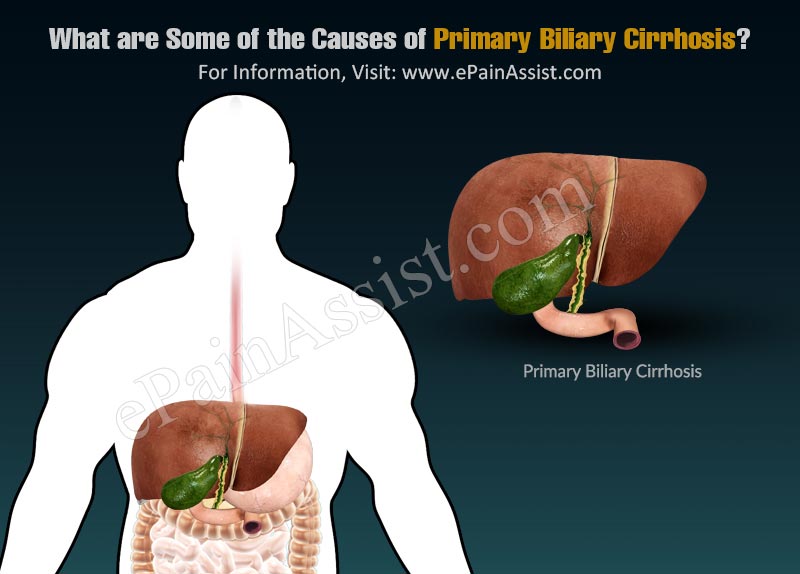About Primary Biliary Cirrhosis:
Primary Biliary Cirrhosis now commonly called Primary Biliary Cholangitis refers to a medical condition arising out of damage caused to bile ducts present in liver. The bile ducts carry bile which is a fluid that assists in digestion from the liver to the small intestine. In the intestine, bile breaks down fat and facilitates absorption of vitamins like A, D, and E.
When these ducts get damaged, there is a gradual accumulation of bile in the liver. This excessive accumulation of bile causes significant damage to the liver ending up causing liver cirrhosis. Primary Biliary Cirrhosis is a slow developing condition and takes about 10-15 years for any symptoms to be observed due to this condition.
However, once the symptoms start then the life expectancy of the individual falls drastically and is not more than 10 years from the time of the diagnosis on an average. This stat is improving now with new treatment approaches being developed for treating Primary Biliary Cirrhosis.

What are Some of the Causes of Primary Biliary Cirrhosis?
Primary Biliary Cirrhosis is a disorder of the immune system of the body. This means that it is caused by the defense mechanism of the body mistaking the healthy tissues in the liver as foreign elements and attacking them. This damages bile ducts significantly ultimately causing Primary Biliary Cirrhosis.
There is no confirmatory evidence to suggest as to what makes immune system attack the bile ducts but it is believed to be caused due to genetic and other environmental factors.
Studies also suggest that females are more likely to develop Primary Biliary Cirrhosis than males. This condition is diagnosed between the ages of 30 and 50. Nicotine abuse and being exposed to certain chemicals increase the risk of a person getting Primary Biliary Cirrhosis.
If an individual has a first degree relative or a parent with Primary Biliary Cirrhosis, then he has more chances of developing this condition than the normal population.
Also Read:
